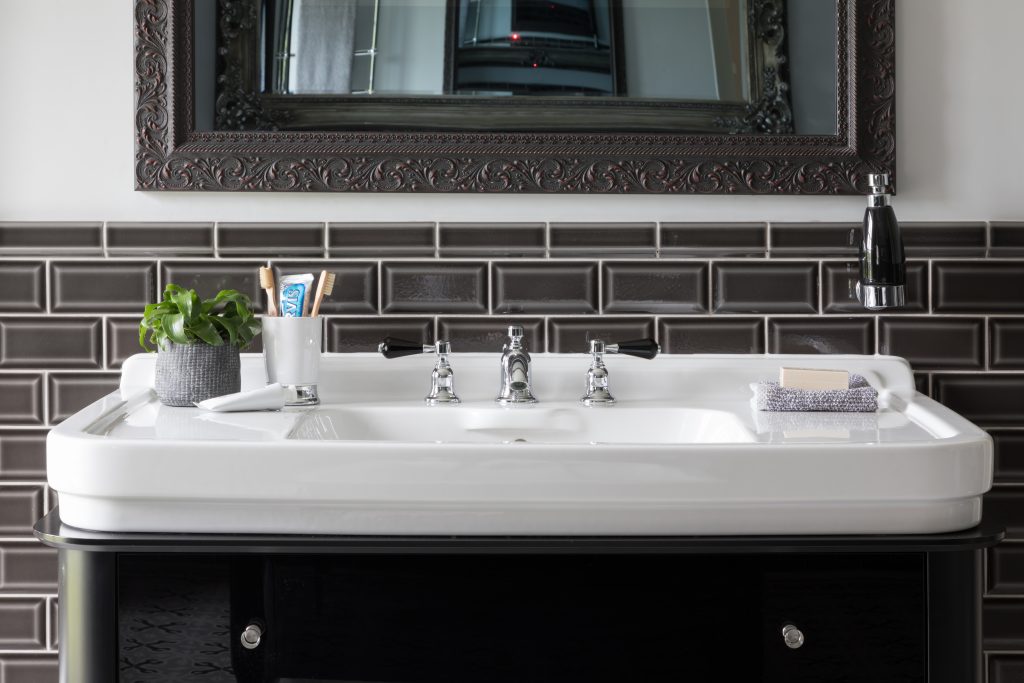I have designed a lot of bathrooms this year on very different budgets, of very different sizes and in very different styles. Some in new build extensions, some newly carved out within a reconfigured space, some as part of new loft conversions, others which are regular refurbishments and one from an original Jack and Jill bathroom layout.
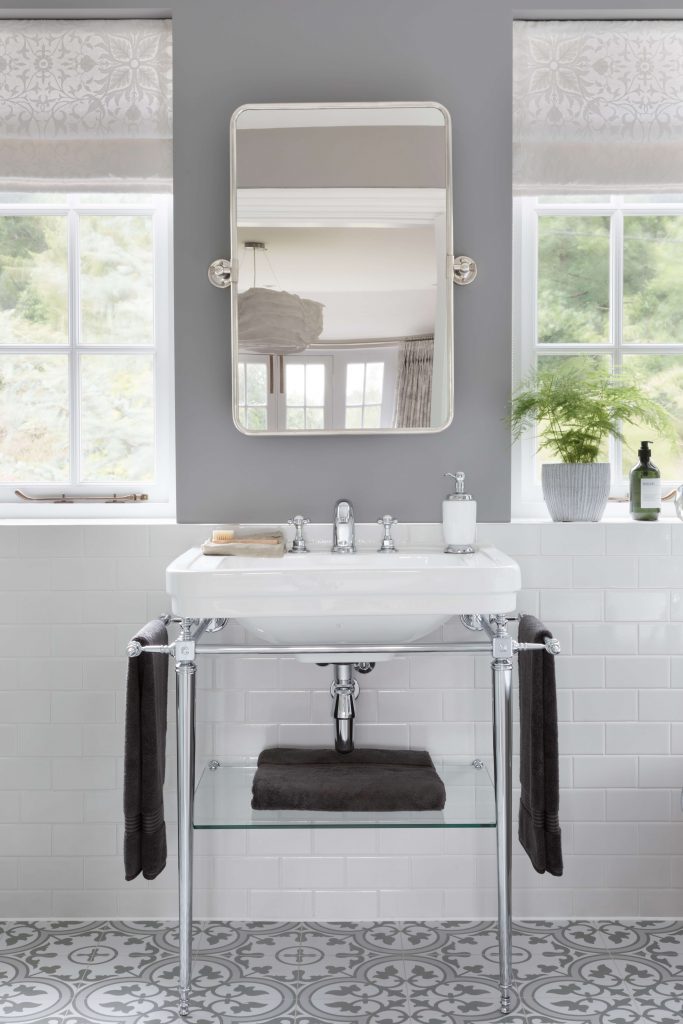
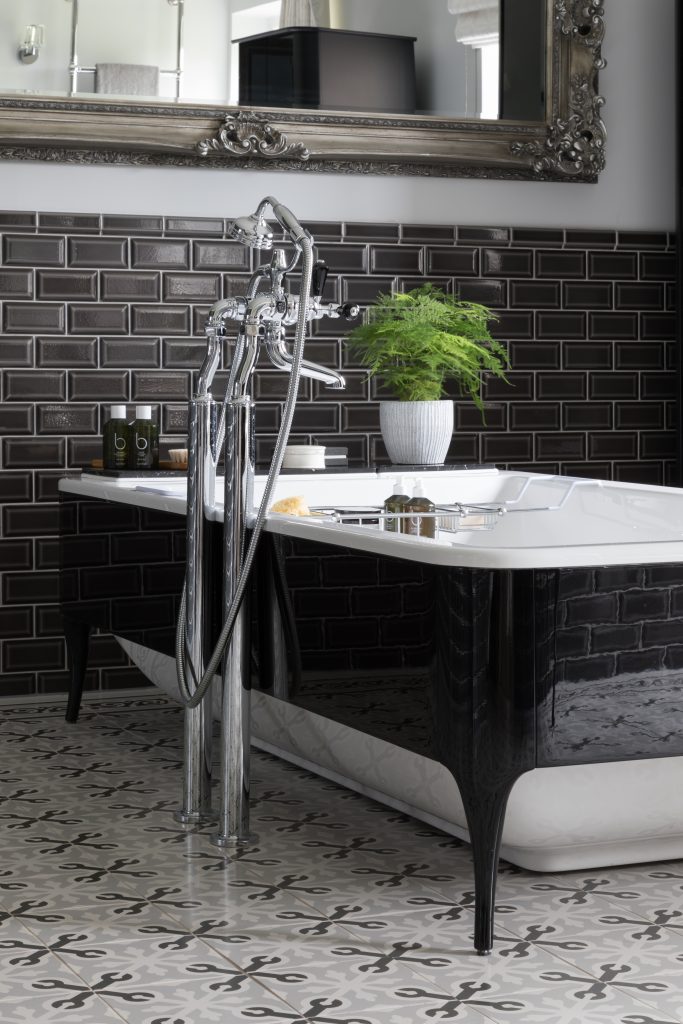
In my delivery of these projects I endeavor, where I can, to specify British manufactured products. However, this is not always easy as unfortunately the industry fails to make it crystal clear as to where exactly the production line starts and finishes, so you do have to do your research.
Samuel Heath and Catchpole & Rye for example design and manufacture within the UK, but can be out of budget for many. Alternatively, Crosswater, Twyford and Duravit are all UK based companies with notable designers such as Philippe Starck, Christian Werner and Frank Huster on board.
Fast (Interior) Fashion
Most of us can agree that we’re all keen to reduce our carbon footprint and consider sustainability in our everyday lives but it is debatable whether this has been successful in the delivery of home interiors.
Unlike the trend in commercial office interiors, where sustainability is an ever more important focus, there has been a recent and growing trend for interiors to follow in the same vein as fast fashion with articles on “this season’s new colour scheme or accessories”. Ultimately this leads to an unsustainable throw away mindset and refreshed scheme every couple of years.
Contrary to this approach I’ve long been an advocate of less but better quality products with more durable design that can be adapted in the future with a simple change of paint colour if and when a new theme is required. In a society where ecological issues and sustainable materials and products are gaining traction, I look for restrained, durable design.
A bathroom is perhaps one of the worst areas to embrace this “season’s” trend as they are actually one of the most challenging and complex spaces to design and build.
All come with their own challenges, and just because they are quite often small spaces, doesn’t mean they are simple to do. Every trade needs to be involved including a general builder, plumber, electrician, plasterer, tiler and painter, almost all at the same time in a very restricted area.
Space is often an issue so circulation needs to be considered carefully. There needs to be adequate space to move around, open cabinet drawers and ensure sufficient head height under fixed shower heads.
Water pressure, ventilation, task and atmospheric lighting, towel drying, non slip flooring and privacy also all need to be considered.
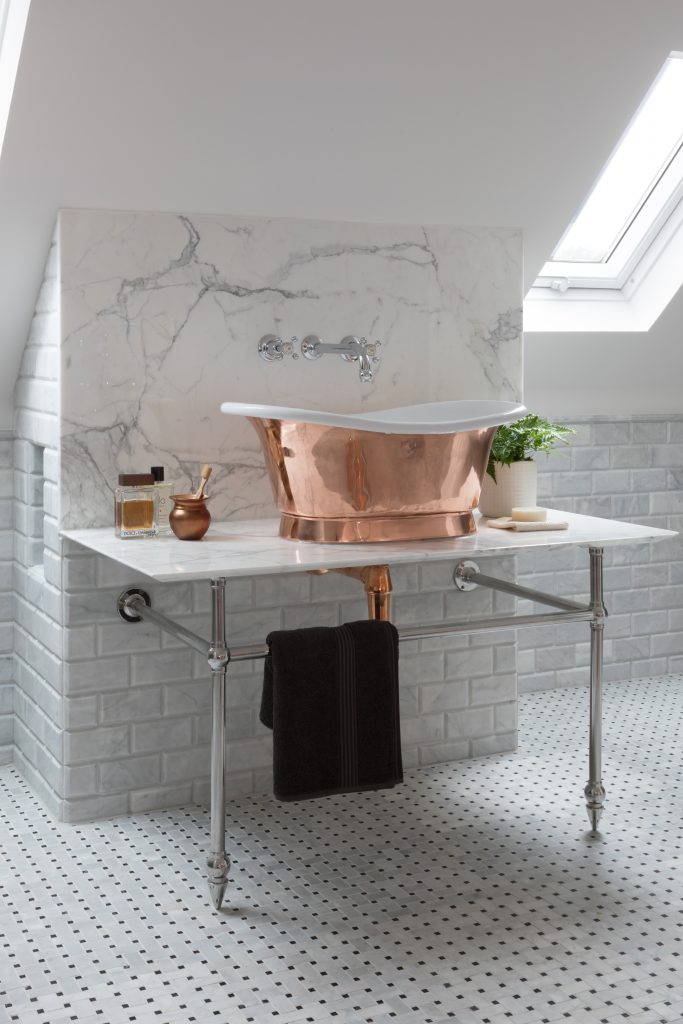
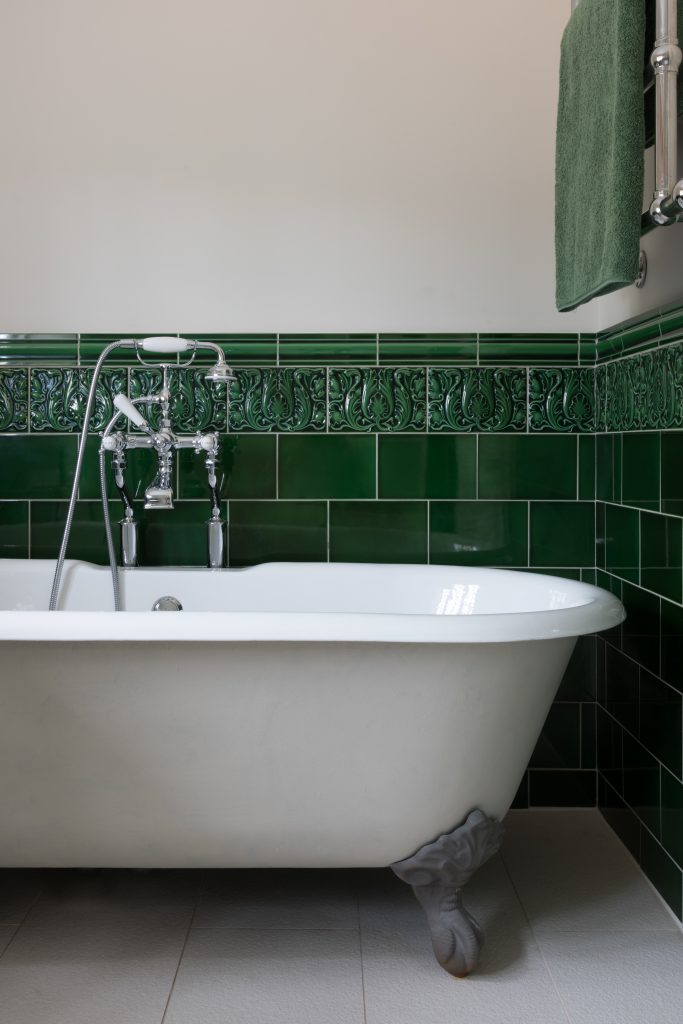
tip
When you get it right, a bathroom space will be a pleasure to start and end every day in. A poor design will lead to frustration and regret. So take your time, shop around for sanitary ware and consider some professional help, even if its just to get the layout right.
Really ask yourself how you want to use the space. Do you need a shower and a bath? What are the ages of people using the space? Do you need double sinks, a heated floor, additional lighting, more storage? The more you plan now, the easier it will be to realise your ideal bathroom space.
Try to locate thermostatic controls so you don’t get a cold blast of water before it warms up. Bath taps shouldn’t get in the way of a relaxing bath. Bottle storage needs to be considered early on unless you want your hair products littering your new shower enclosure floor.
great find
The Smithfield white ceramic wall hung basin by Claybrook has a classic industrial/ butlers pantry look to it. The raised back splash avoids the need for wall tiles and the underside can be painted in a shade of your choice.

